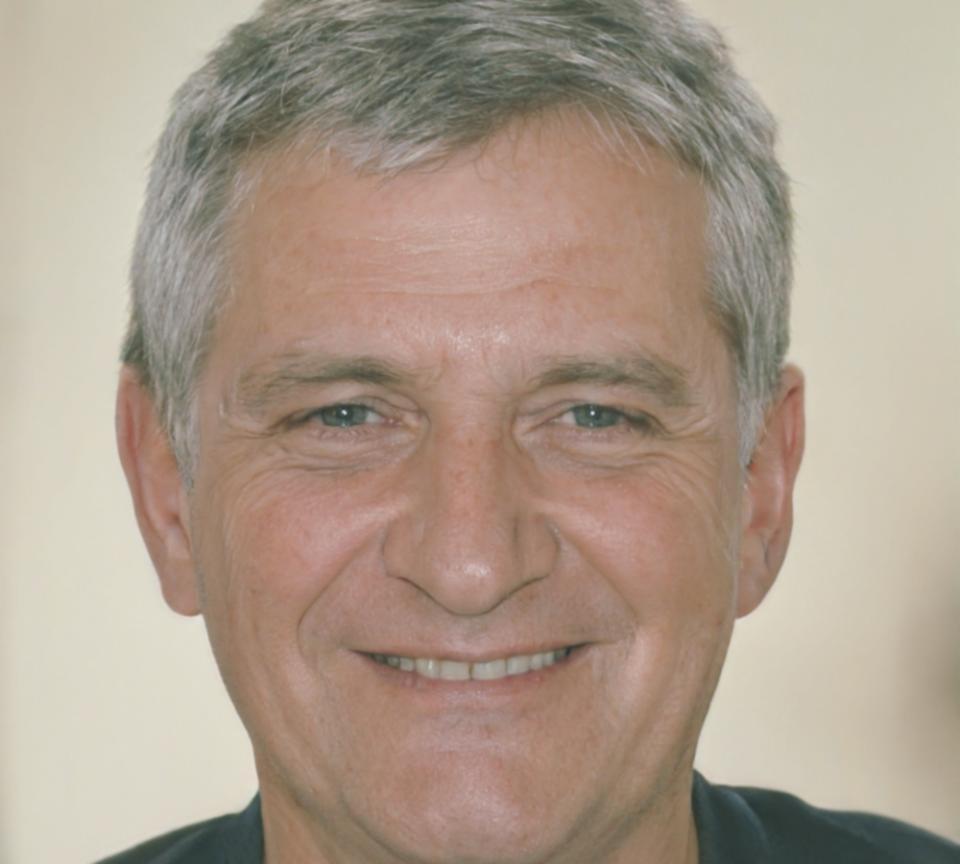Why These Questions Matter
Budget contingency planning isn't just about setting aside money. It's about understanding when market shifts happen, how currency fluctuations affect your operations, and what realistic buffers look like for Bulgarian businesses.
We started tracking these questions back in early 2020 when everything suddenly felt uncertain. Turns out, most financial concerns follow patterns. And those patterns can help you prepare better.



